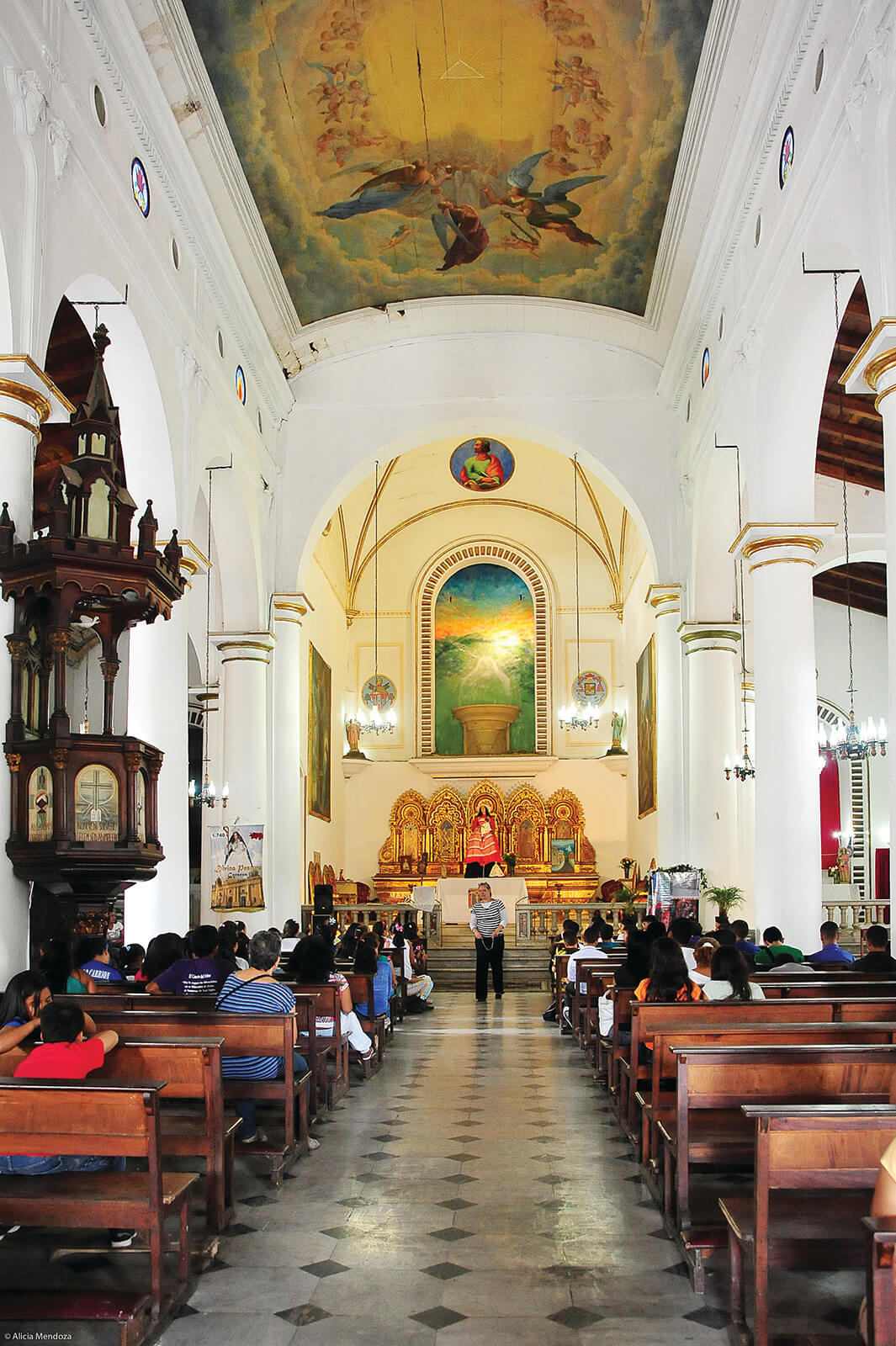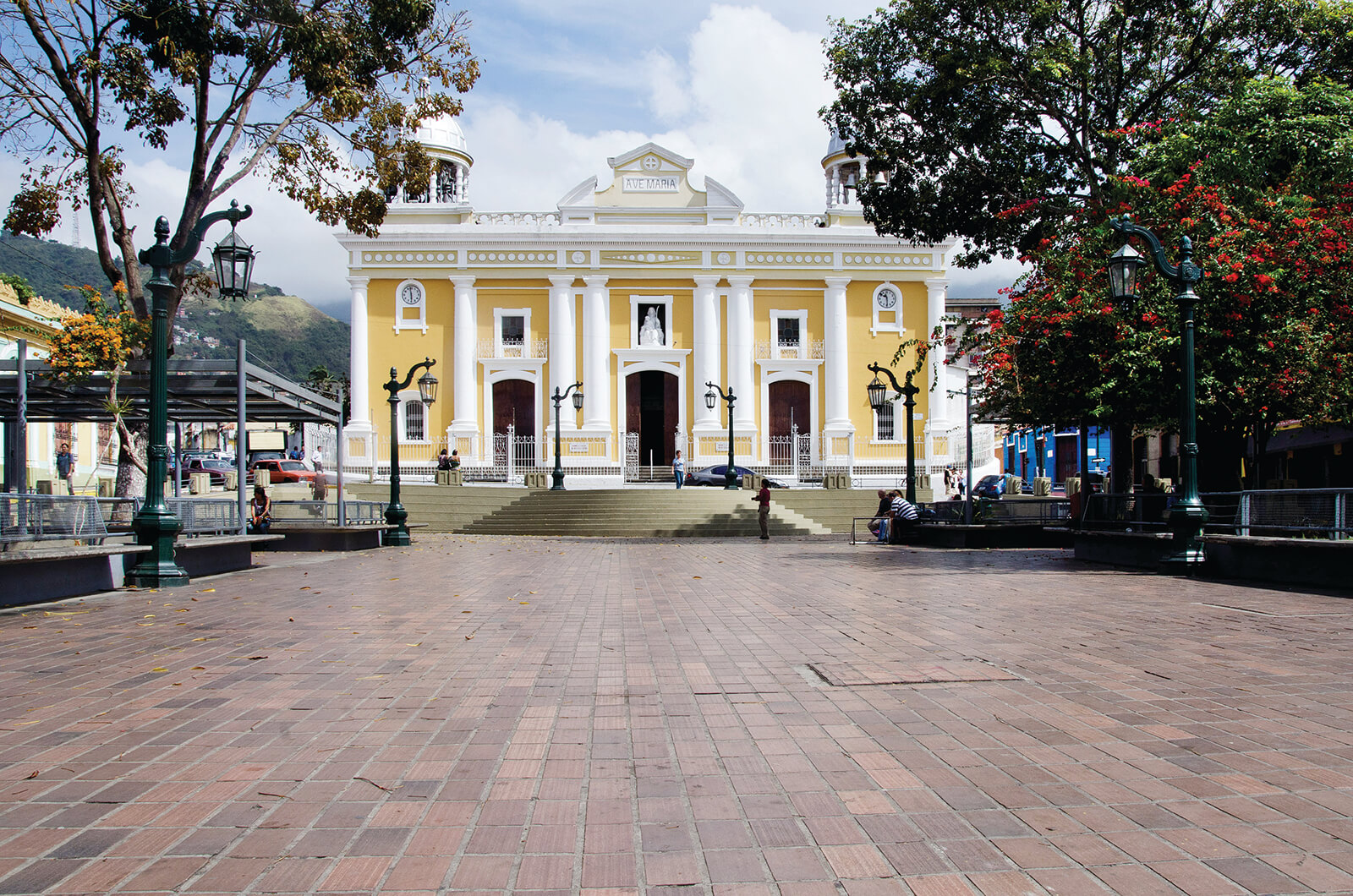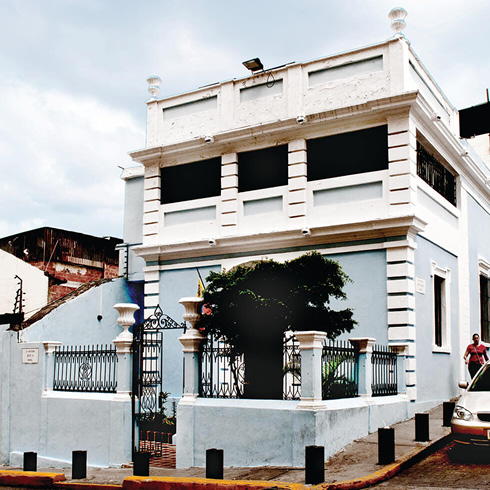DDN
The first buildings in La Pastora date back to 1690, and follow the diagonal road to Puerta de Caracas and Camino de los Españoles, northwest of the city center, which would give rise to the Calle Real of La Pastora. From the nineteenth century it was incorporated into the city as a parish. Since then it has been attached to the square of the city’s founding grid, as far as the topographic and hydrographic features that furrow its fabric will allow. The Calle Real de La Pastora passes by the northwest corner of La Pastora square. The plaza faces north toward the main façade of the church. The temperature in La Pastora always differed from the one downtown, giving birth to the tradition about “Pacheco’s arrival”, a poncho dressed character, who only came down to the plaza from Galipán (Ávila) in the cold months, to sell flowers and candy. The rectangular and noticeably sloped plaza is surrounded by houses with continuous façades and colonial aspect on its three remaining sides. The centered crescent-shaped stairways complement the symmetrical colonial façade of the church, making it the urban public center of the parish. For nearly a decade (1970-1979), the floor of the plaza was decorated with a kinetic drawing by the artist Carlos Cruz Diez, Inducción del amarillo, painted by a group of young artists, until it was replaced by the current clay pavement. Among the famous people who claim to be more from a La Pastora lineage than from a Caracas one, are painters Tito Salas, Arturo Michelena and Mercedes Prato, Jacinto Convit, and sportsmen Carlos “El Morocho” Hernández and Carl Herrera, among others.

AMU

planta




